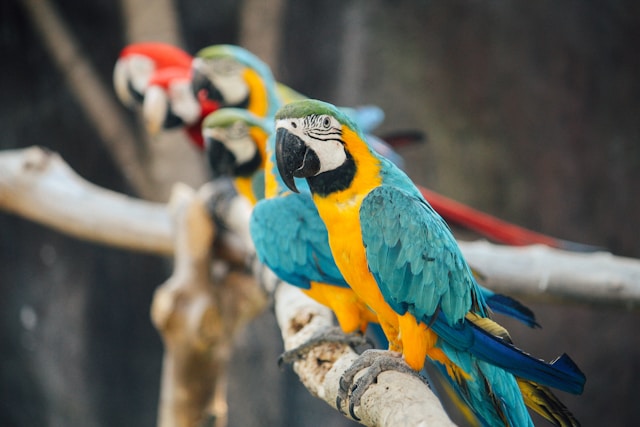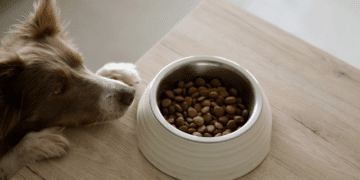Parrots are among the most intelligent birds, known for their remarkable ability to mimic human speech. Teaching a parrot to talk can be a fun and rewarding experience, strengthening the bond between you and your feathered friend. However, training requires patience, consistency, and the right techniques. This guide will walk you through the steps to help your parrot develop its speech skills effectively.
Choosing the Right Parrot for Talking
Not all parrots have the same ability to talk. Some species are naturally more inclined to mimic human speech than others. Here are some of the best talking parrots:
- African Grey Parrots – Known for their exceptional vocabulary and ability to understand context.
- Amazon Parrots – Social birds with clear speech and a playful nature.
- Budgies (Parakeets) – Small but highly capable talkers, especially with frequent interaction.
- Indian Ringneck Parakeets – Can develop a strong vocabulary with consistent training.
Young parrots tend to learn faster than older ones, so starting early can improve success. However, even older birds can pick up words with time and practice.
Creating the Right Learning Environment
Before you begin training, ensure your parrot is comfortable and happy in its environment. A stressed or frightened bird is unlikely to learn effectively.
- Choose a quiet, distraction-free space – Too much noise can make it hard for your parrot to focus.
- Bond with your parrot – A bird that trusts you is more likely to engage in training. Spend quality time talking to and handling your parrot daily.
- Use positive reinforcement – Reward your parrot with treats, praise, and affection when it makes progress.
Step-by-Step Training Guide
1. Start with Simple Words
Begin by repeating short, simple words in a clear and enthusiastic tone. Common starter words include:
- “Hello”
- “Good morning”
- The parrot’s name
2. Use Repetition
Parrots learn by hearing the same words repeatedly. Say the chosen word multiple times throughout the day in different contexts.
3. Associate Words with Actions or Objects
Connect words with specific activities to help your parrot understand their meaning. For example:
- Say “treat” while giving a snack.
- Say “bye-bye” when leaving the room.
4. Talk Regularly to Your Parrot
The more your bird hears human speech, the more likely it is to start mimicking words. Engage in conversations, even if your parrot doesn’t respond at first.
5. Encourage Imitation
Parrots learn best through imitation. Try these methods to stimulate their speech:
- Speak to them face-to-face in an excited tone.
- Use recordings of commonly repeated words.
- Talk in front of a mirror with your parrot to encourage vocalization.
Common Challenges and How to Overcome Them
Training a parrot to speak isn’t always smooth. Here are some common issues and their solutions:
- Your parrot isn’t responding – Be patient and consistent. Use treats and excited tones to encourage interest.
- Only mimicking sounds, not words – Stick to clear words rather than whistles or noises to help your parrot focus.
- Losing interest – Keep sessions short (5–10 minutes) and fun to maintain engagement.
Dos and Don’ts of Training
✔ Be patient and consistent – Some parrots take weeks or months to say their first word.
✔ Reward progress – Use treats and praise to reinforce learning.
✔ Use an enthusiastic tone – Excitement makes learning fun for your parrot.
✘ Don’t punish or yell – Negative reactions can discourage your bird from talking.
✘ Avoid teaching unwanted words – Parrots remember words for life, so choose wisely!
Conclusion
Training a parrot to talk is a rewarding experience that requires time, patience, and positive reinforcement. Every parrot learns at its own pace, so stay consistent and celebrate small milestones along the way. The key to success is daily interaction and a fun, encouraging environment.









